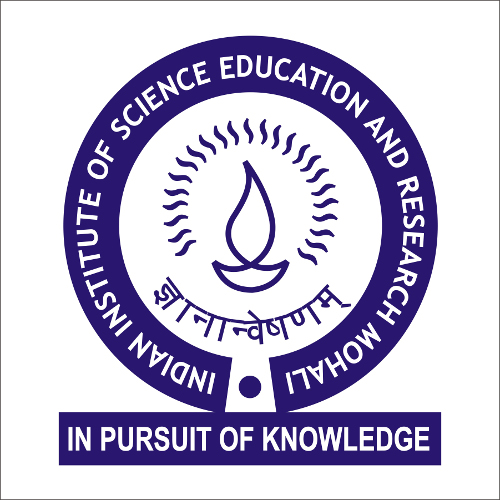Forthcoming Events
Regulation of human telomerase via targeting noncoding RNA pathways
Dr. Neha Nagpal, Postdoctoral Fellow, Hematology/Oncology, Boston Children’s Hospital, Harvard Medical School, Boston, MA, USA
Location : Online
Abstract: Normal human stem cells can divide only a certain number of times. This is in part due to the length of telomeres, which erode with each replicative cycle and signal cell cycle arrest when reach a critically short length. Germline mutations that impair telomere maintenance cause diseases of premature stem cell failure, including dyskeratosis congenita (DC) and aplastic anemia. Mutations in several DC-associated genes (e.g. PARN, DKC1) act by reducing steady-state levels of the essential non-coding RNA component of telomerase, TERC, which is limiting for telomerase activity and self-renewal capacity in human stem cells. PARN is an exonuclease required to remove post-transcriptionally added adenosine residues that target TERC for destruction. PARN counteracts the destabilizing oligo- adenylation of nascent TERC transcripts by the non-canonical poly(A) polymerase PAPD5. We hypothesized that manipulating TERC via pharmacological inhibition of PAPD5 would rescue TERC and telomere length. Via a high throughput screen of >100,000 compounds we identified small molecule PAPD5 inhibitors and found that PAPD5 inhibition could restore TERC maturation and telomere length across a range of human cell types, including patient-derived induced pluripotent stem cells in vitro and CRISPR/Cas9-engineered PARN-deficient primary human stem and progenitor cells in vivo. Our results demonstrate small molecule PAPD5 inhibition as a potential strategy to increase mature TERC levels, enabling systemic treatment of DC and related telomere biology disorders.
Meanwhile, with the emerging mRNA-based therapeutics, we hypothesized that transient exposure to TERC as an RNA might restore defective telomere maintenance. However, degradation by cellular nucleases and lack of incorporation of exogenous TERC RNA into telomerase RNP represent potential barriers. We systematically overcame these barriers and observed robust telomere lengthening via introducing an engineered TERC RNA in patient stem cells. This is the first evidence of telomerase reconstitution in human cells via exogenously-introduced TERC RNA, which enables TERC RNA replacement as a potential therapeutic approach.
Together, our results facilitate development of two non-redundant therapeutic approaches to restore telomerase in patient stem cells via augmenting TERC levels. This has important therapeutic implications for telomere biology disorders, and possibly for a broad range of human diseases associated with aging and stem cell exhaustion.
Meeting ID: 942 0550 9905
Passcode: 574035
Meanwhile, with the emerging mRNA-based therapeutics, we hypothesized that transient exposure to TERC as an RNA might restore defective telomere maintenance. However, degradation by cellular nucleases and lack of incorporation of exogenous TERC RNA into telomerase RNP represent potential barriers. We systematically overcame these barriers and observed robust telomere lengthening via introducing an engineered TERC RNA in patient stem cells. This is the first evidence of telomerase reconstitution in human cells via exogenously-introduced TERC RNA, which enables TERC RNA replacement as a potential therapeutic approach.
Together, our results facilitate development of two non-redundant therapeutic approaches to restore telomerase in patient stem cells via augmenting TERC levels. This has important therapeutic implications for telomere biology disorders, and possibly for a broad range of human diseases associated with aging and stem cell exhaustion.
Meeting ID: 942 0550 9905
Passcode: 574035

